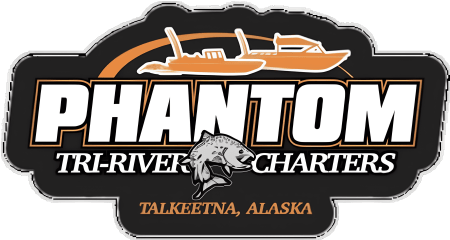What Is Farmed Salmon?
When shopping for dinner at your grocery store’s meat counter, you may find yourself asking, “What is farmed salmon?” While terms like “wild caught” stir images of salmon runs in crisp northern waters, you might pick the farmed salmon for its lower price. What are the differences between wild and farmed salmon?
Fish farming became a popular option as wild fish populations declined from overfishing. The different breeding and living conditions make for some key differences between wild and farmed salmon in Alaska.
Living conditions
Farmed salmon are kept in netted pens, where they cannot swim very far and may become overcrowded. Overcrowding leads to increased chances for disease among the animals, but because the salmon are contained, farmers can regularly feed them and administer medicine when needed. Farmers can also control breeding rates among their fish stock.
Diet
Farmers feed farmed salmon pellet foods supplemented with nutrients that wild salmon naturally eat in their diet. Farmed salmon have astaxanthin added to their diet for its antioxidant and anti-inflammatory properties. The difference in farmed salmon and wild salmon diets accounts for the difference in color, with wild salmon usually appearing pale pink/red, while farmed salmon is lighter.
Nutritional value
Farmed salmon and wild salmon differ in nutritional value because of their different diets. Farmed salmon tend to have more calories, saturated fat and vitamins A and D and less protein. The amount and types of omega-3 fatty acids vary depending on the diet, but generally farmed salmon have the same amount as wild salmon because of their higher fat content. Like wild salmon, environmental and chemical contaminants can also harm farmed salmon, which can negatively impact humans when the fish is consumed.
Drug treatments
Farmers supply their fish stock with antibiotics and other medicine to keep them healthy. There is some concern that feeding fish antibiotics will make humans more resistant to antibiotics, making human illnesses harder to treat.
Exposure to pollutants
As fatty fish, both farmed salmon and wild salmon are at risk of containing high levels of persistent organic pollutants (POPs). POPs are manmade chemicals that take a long time to break down in animal tissue. These include pesticides, pharmaceuticals and industrial chemicals. Wild salmon tends to contain more POPs than farmed salmon because their environment is unregulated; however, it depends on what the farmed salmon are fed and the quality of the farm. As with POPs, wild salmon are more likely to have higher levels of heavy metals because of their environment, but their high level of omega-3s helps mitigate the damaging effects.
Environmental concerns
Farmed salmon in Alaska are not natural to the local ecosystem and can cause problems for the nearby wild flora and fauna. Pollution from fish excrement and leftover feed can harm other fish outside the pen, which is a particular concern in low-current areas. If the fish in the farm are not native to the area and escape, they can wreak havoc on the local ecosystem.
What is farmed salmon? Our team can explain everything you want to know when you join one of our Alaskan salmon fishing charters. Contact the team at Phantom Tri-River Charters, your go-to source for Alaskan fishing tours and fishing tips. Reach out to us today with any questions or to schedule your next Alaskan fishing charter.
